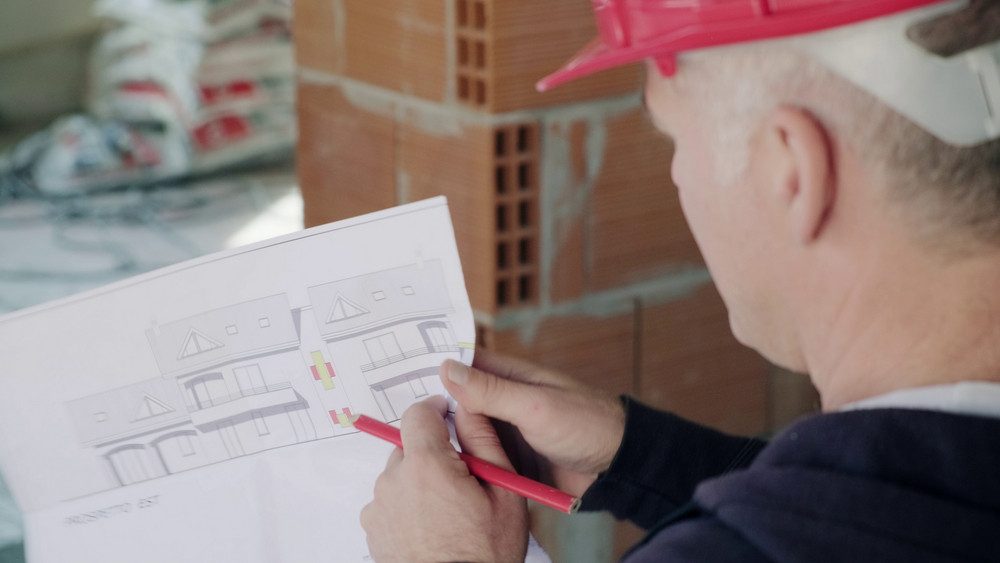Energy-Efficient Home Improvements That Save Money Year-Round

Many homeowners are becoming increasingly conscious of their energy consumption and its impact on both their wallets and the environment. Even small changes around the house can contribute to significant savings and a reduced carbon footprint. By investing in energy-efficient improvements, homeowners can create a comfortable living space while keeping expenses in check throughout the year.
Upgrade Your HVAC Systems
Replacing outdated heating and air conditioning systems is a crucial step towards energy efficiency. According to Service Business Evolution, more than 3 million HVAC systems are upgraded annually in the United States, costing around $14 billion in services and repairs. Investing in newer, more efficient systems can lower household energy bills significantly, despite the initial expense.
When considering an upgrade, look for systems with a high Seasonal Energy Efficiency Ratio (SEER). A higher SEER rating indicates better energy efficiency and can result in noticeable savings on utility bills over time. Additionally, routine maintenance of these systems can prevent costly breakdowns and maximize their lifespan, ensuring that your home remains comfortable year-round.
Incorporating smart thermostats can enhance the efficiency of your HVAC systems. These devices learn your home’s heating and cooling patterns and adjust the settings for optimal energy savings. By keeping your home at the right temperature only when needed, smart thermostats can reduce energy waste and lower your utility expenses.
Optimize Your Home’s Insulation
Proper insulation plays a vital role in maintaining a comfortable indoor environment while reducing energy costs. Homes with inadequate insulation often experience significant heat loss in the winter and gain in the summer, leading to increased reliance on HVAC systems. By ensuring your home is well-insulated, you can minimize energy consumption and maintain a steady indoor temperature.
When enhancing your insulation, focus on key areas such as attics, walls, and floors, where most heat loss occurs. Various materials, like fiberglass, foam, and cellulose, are available for different parts of your home. An energy-efficient home is more than just comfortable; it’s also environmentally friendly and cost-effective in the long run.
Incorporating reflective insulation can further improve your home’s energy efficiency. Reflective insulation helps keep your home cooler in the summer by deflecting the sun’s rays, which reduces the load on cooling systems. As a result, this can contribute to a noticeable decrease in your energy bills over time. Additionally, upgrading insulation enhances indoor air quality by minimizing drafts, moisture intrusion, and potential mold growth. Over time, proper insulation not only preserves your home’s structural integrity but also boosts its resale value, making it one of the smartest long-term investments homeowners can make.
Consider Roof and Septic System Upgrades
Your roof is another critical component in the quest for energy efficiency. Metal roofing, for instance, is installed in about 17% of residential houses and offers excellent durability and energy savings, according to Metal Construction News. This roofing material reflects solar heat, reducing heat buildup in the attic and enhancing indoor comfort without overly relying on air conditioning.
Roof upgrades should be planned with energy efficiency in mind. Choosing a roof color that reflects, rather than absorbs, heat can also improve efficiency. Moreover, selecting roofing materials that are certified by standard energy efficiency bodies can further amplify the benefits.
Do not overlook the importance of regular septic system inspections as well. The Environmental Protection Agency recommends that household septic systems be examined every three years by professionals. A well-maintained septic system not only prevents costly repairs but also contributes to the overall health and efficiency of a home.
Investing in energy-efficient home improvements offers a range of benefits, from cost savings to reduced environmental impact. Updating systems, optimizing insulation, and considering strategic upgrades to elements like roofs and septic systems can all lead to a more sustainable and economical home. As more homeowners adopt these practices, the cumulative effect could lead to a more energy-conscious society.
